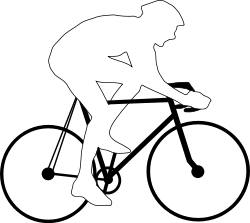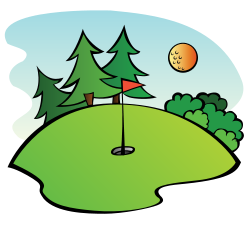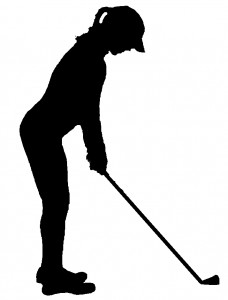 Chiropractic care is an effective way for maximizing your cycling experience by treating and preventing common cycling injuries, improving flexibility and optimizing your body’s biomechanics. As you roll right through summer, be sure to take care of your body! Whether you are a recreational cyclist, a commuter or a competitive cyclist, chiropractic care has much to offer. Let’s learn more about common cycling injuries and how chiropractic care works.
Chiropractic care is an effective way for maximizing your cycling experience by treating and preventing common cycling injuries, improving flexibility and optimizing your body’s biomechanics. As you roll right through summer, be sure to take care of your body! Whether you are a recreational cyclist, a commuter or a competitive cyclist, chiropractic care has much to offer. Let’s learn more about common cycling injuries and how chiropractic care works.
Common Cycling Injuries
Aurora and York Region are full of cycling enthusiasts and Dr. Elisabeth Miron is one of them! As a chiropractor, she diagnoses and treats the underlying cause of cycling-related injuries as well as other sports injuries. Certain types of musculoskeletal injuries and imbalances are common among cyclists due to body posture / position and repetitive use of certain muscles. Pain or discomfort can arise acutely or may develop over time due to chronic overuse. Instead of waiting, have an assessment by a competent health professional in your area and have your imbalances / injuries treated in a timely and appropriate manner. Remember, you don’t always need pain to have a problem. It is reasonable to have a chiropractic assessment regardless of pain as you are sure to learn a lot about your body and may even prevent pain or injury from happening! Some common cycling injuries include:
-
low back pain due to forward flexed posture during cycling
-
neck pain due to facet joint irritation, pinched nerves or strain to posterior neck muscles
-
shoulder pain
-
wrist and hand pain from carpal tunnel syndrome or ulnar neuropathy (handlebar palsy)
-
knee pain due to iliotibial band syndrome or patellofemoral syndrome
-
hamstring and quadriceps muscle strains
-
hip pain
-
ligament sprains
-
thoracic outlet syndrome
-
Achilles tendonitis
-
bruises, abrasions and fractures from trauma
Neck pain and back pain among cyclists are often attributed to poor body posture such as hyperextension of the neck and forward flexion of the low back. This can cause certain muscles to become tight and irritated and spinal joint restriction and irritation to develop.
How Chiropractic Helps
Prior to any treatment, new patients will undergo a health history and physical examination to identify functional problems and establish a diagnosis. The recommended treatment and treatment frequency will vary depending on the diagnosis and prognostic factors. Treatment is likely to consist of hands-on manual care such as adjustment to spinal or extremity joints, joint mobilization and/or directed soft tissue therapy. This is likely to be combined with specific corrective exercise prescription so that you may facilitate your recovery at home (stretching chronically tight/short muscles and strengthening chronically long/weak muscles). The goals are to reduce pain naturally, heal faster and more fully and to restore optimal biomechanics in terms of function, flexibility and range of motion. Chiropractic care is great because it is non-invasive, drug-free, effective and logical.
Benefits of chiropractic care include:
-
pain relief
-
enhanced flexibility / range of motion
-
improved cycling biomechanics
-
improved muscle balance and tone
-
faster healing for injuries involving muscles, ligaments, joints and nerves
-
injury prevention and wellness
If a foot imbalance is identified, custom foot orthotics may be recommended as they help to restore optimal alignment at your base of support.
Other Helpful Tips for the Cyclist
Be aware of your cycling posture! When gripping the handlebars, keep your wrists in a neutral position to minimize risk for developing carpal tunnel syndrome and handlebar palsy. Keep a slight, comfortable bend in your elbows instead of locking them. Keep your shoulders low and set. Feet should point forward. Engage your core as you ride. Having your bike professionally fitted can also make a big difference in optimizing your body’s alignment and efficiency during cycling.
So, if you are looking for a chiropractor in North York, book an appointment with Dr. Serbinski and find out how she can help.
Dr. Elisabeth Miron
Did you enjoy this post? Click the facebook “like” button or share it with your friends.

